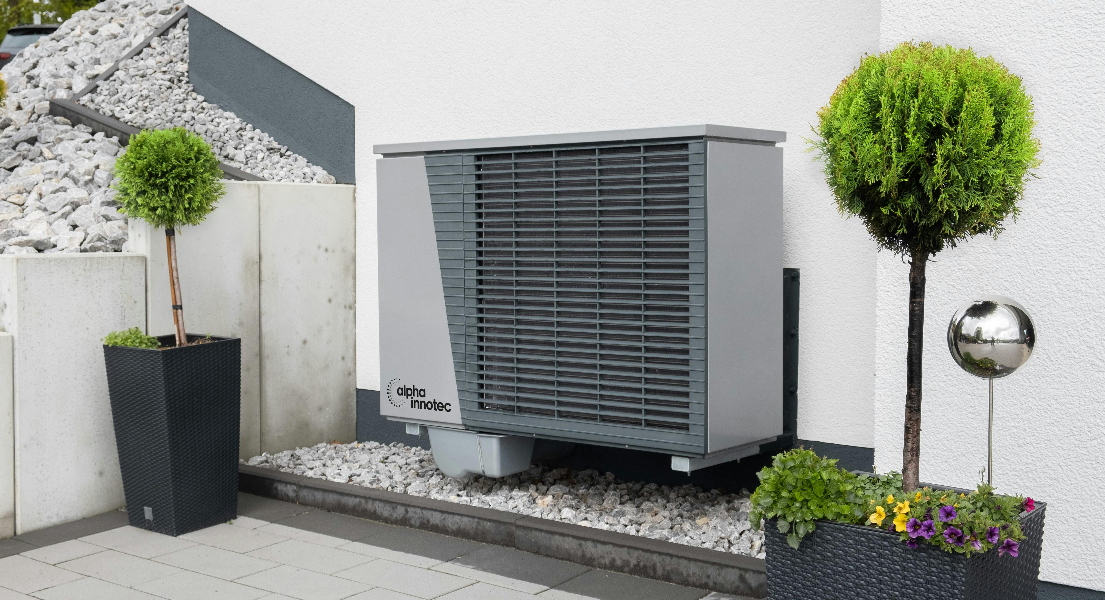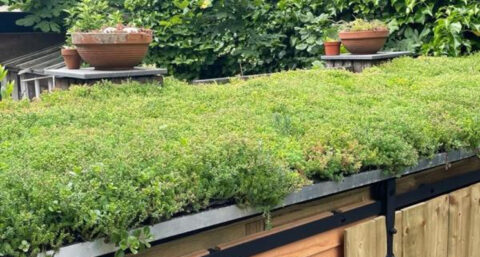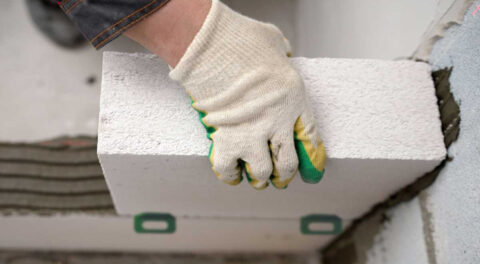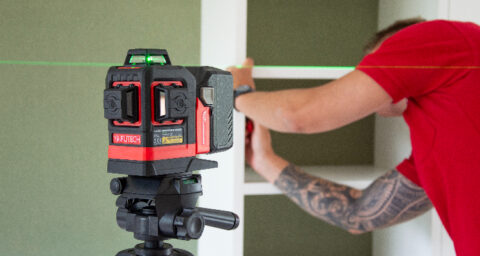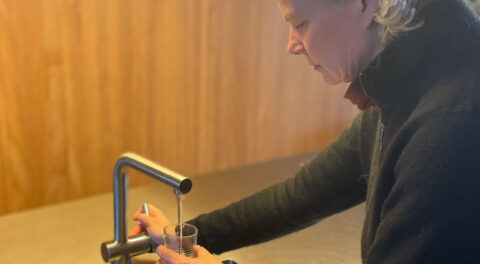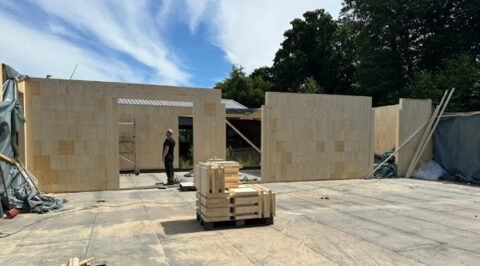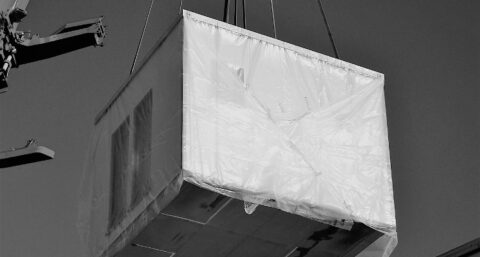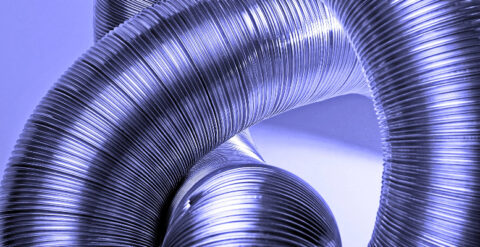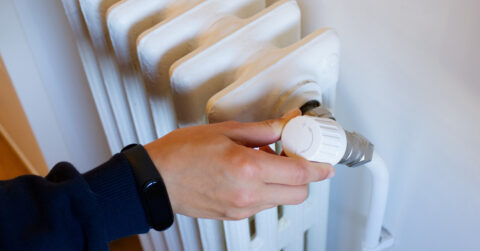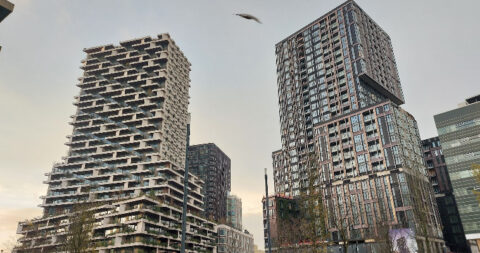With a heat pump, you can not only heat and provide hot tap water. That same heat pump can usually be used to cool a home or commercial space as well. Hugely convenient, because it saves the purchase and installation of an additional air conditioner. What are the advantages and disadvantages?
To cool instead of heat, the function of a heat pump is simply reversed. Where normally heat is extracted from, say, the outside air to heat the air of an interior, this time heat is extracted from the inside air and then released to the outside. With a heat pump, you also have an air conditioner in your home, although there are differences between the two.
Cooling with a heat pump
Once a heat pump is put into cooling mode, the water flowing through the pipes of the delivery system will be made several degrees cooler relative to the temperature of the indoor air. This causes heat to be absorbed by the same underfloor heating or radiators that would otherwise be used for heating, and thus the room will be gradually cooled. With that said, it is important to have low temperature heating (LTV) in the home, but that is generally true of heat pumps.
Active or passive
An air-to-water heat pump involves active cooling. This means that the entire system is in operation during cooling, that is, all components including the compressor. So the only difference with heating is the reverse operation. This does make the energy consumption a bit higher compared to heat pumps that use passive cooling. The absorbed heat is released to the outside air through the outdoor unit.
With a water-to-water heat pump, the cold water from the source can be used directly to cool the home or commercial space. This is called passive cooling. Because because this source water or groundwater is much cooler than the air temperature prevailing inside, the compressor of the heat pump does not have to come into action this time. The heating water, in this case we might better call it cooling water, only needs to be pumped around. This makes this method more energy efficient than active cooling.
An additional advantage is that the removed heat is stored in the underground source, regenerating or "recharging" it for use during the cold months. A disadvantage, in turn, is that the slow heating of the source gradually reduces the cooling capacity during a long hot period.
Top Cooling
Cooling with a heat pump is also called top cooling. The temperature drops within a few degrees, taking "the sharp edges" off. It doesn't get as cold as with a traditional air conditioner. An air conditioner can also cool a room much faster. Furthermore, with an air conditioner, there is a clearly perceptible cold air flow in the room(s) where an indoor unit hangs. This makes the room feel extra cool, although this cold air flow can also be perceived by people as disturbing or cause complaints such as dry eyes. Furthermore, the difference with the outside temperature is sometimes very large, which again can be disadvantageous.
Quietly
Because cooling with a heat pump is so gradual, it is very important to keep the house or business premises at a constant temperature as much as possible. In addition to good insulation and possibly blinds, it is advisable to keep windows and doors closed as much as possible on sunny days to keep the warm or hot air out. Airing and ventilating during this time is best done during the cooler hours, such as in the evening and at night.
Beneficial for customers is that they save costs by not needing additional air conditioning (purchase, installation, maintenance) and a heat pump has lower energy consumption during cooling. If solar panels are present, the power is also free during those all those hot, sunny days.

